Gabriel Torrens 1, Isabel M Barceló 1, Marcelo Pérez-Gallego 1, Maria Escobar-Salom 1, Sara Tur-Gracia 1, Marta Munar-Bestard 1, María Del Mar González-Nicolau 1, Yoandy José Cabrera-Venegas 1, Estefany Nayarith Rigo-Rumbos 1, Gabriel Cabot 1, Carla López-Causapé 1, Estrella Rojo-Molinero 1, Antonio Oliver 1, Carlos Juan 2
1Servicio de Microbiología and Unidad de Investigación, Hospital Universitari Son Espases-Institut de Investigació Sanitària de Balears (IdISBa), Palma, Spain.
2 Servicio de Microbiología and Unidad de Investigación, Hospital Universitari Son Espases-Institut de Investigació Sanitària de Balears (IdISBa), Palma, Spain. carlos.juan@ssib.es
Abstract:
In the current scenario of high antibiotic resistance, the search for therapeutic options against Pseudomonas aeruginosa must be approached from different perspectives: cell-wall biology as source of bacterial weak points and our immune system as source of weapons. Our recent study suggests that once the permeability barrier has been overcome, the activity of our cell-wall-targeting immune proteins is notably enhanced, more in mutants with impaired peptidoglycan recycling. The present work aims at analyzing the activity of these proteins [lysozyme and Peptidoglycan-Recognition-Proteins (PGLYRPs)], alone or with a permeabilizer (subinhibitory colistin) in clinical strains, along with other features related to the cell-wall. We compared the most relevant and complementary scenarios: acute (bacteremia) and chronic infections [early/late isolates from lungs of cystic fibrosis (CF) patients]. Although a low activity of lysozyme/PGLYRPs per se (except punctual highly susceptible strains) was found, the colistin addition significantly increased their activity regardless of the strains' colistin resistance levels. Our results show increased susceptibility in late CF isolates, suggesting that CF adaptation renders P. aeruginosa more vulnerable to proteins targeting the cell-wall. Thus, our work suggests that attacking some P. aeruginosa cell-wall biology-related elements to increase the activity of our innate weapons could be a promising therapeutic strategy.
Sci Rep. 2019 Mar 5;9(1):3575. doi: 10.1038/s41598-019-40440-w.
Link to Scientific Reports
